The Ultimate Guide to the Nickel Mining Process
As a veteran in the mining equipment industry, I have seen nickel rise from a simple stainless steel component to a key metal in the electric vehicle revolution. The “ultimate guide” to the nickel mining process must start with one critical fact: your entire strategy depends on whether your ore is a sulfide or a laterite.
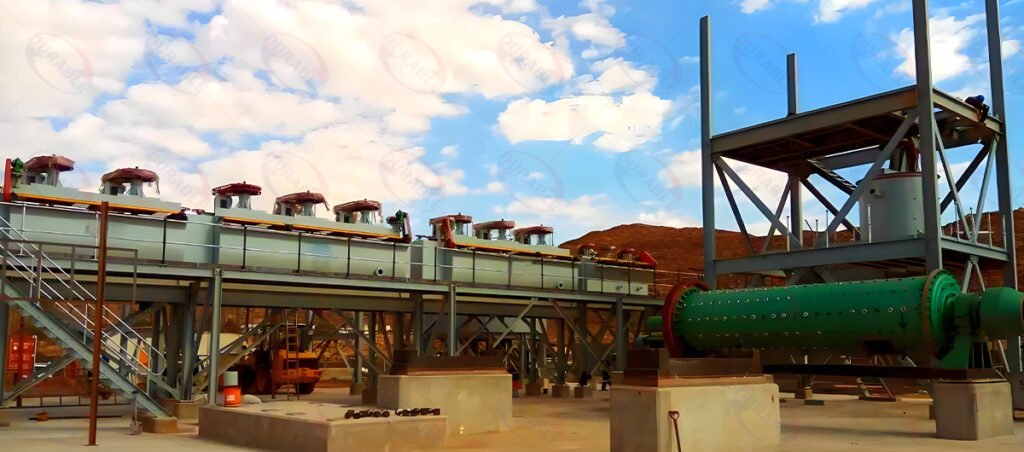
These two ore types are completely different. They need different technologies, equipment, and expertise. At Durable, we have designed and built nickel processing lines for both. Let’s explore the entire journey, from discovery to the final metal product.
Table of Contents
- Is your nickel ore sulfide or laterite?
- Sulfide Nickel Ore: What Are the Key Equipment and Processes to Produce Nickel Matte?
- Laterite Nickel Ore’s Two Paths: How to Choose Between Pyrometallurgy and Hydrometallurgy?
- Why Is Grinding the Core of Nickel Sulfide Recovery?
- How Did High-Pressure Acid Leaching (HPAL) Change Laterite Nickel Processing?
- What Key Factors Determine the Profitability of a Nickel Project?
- How to Choose the Right Crushing, Grinding, and Beneficiation Equipment?
- How to Address Tailings Management and Sustainability in Modern Nickel Mining?
Is your nickel ore sulfide or laterite?
The most critical question in the nickel mining process is determining your ore type. This single factor dictates your entire processing path. Sulfide nickel ore and laterite nickel ore are fundamentally different. They require completely different equipment and chemical processes.
Knowing your ore type from the start prevents costly mistakes. It ensures you select the right technology for profitable extraction.
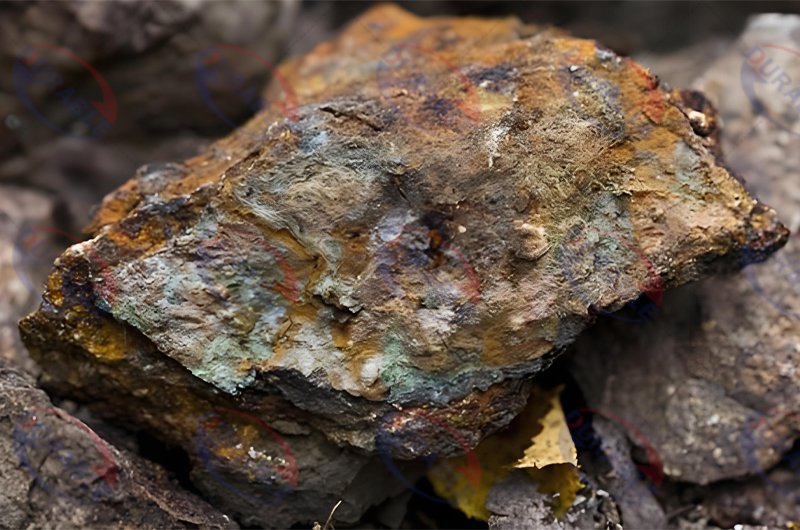
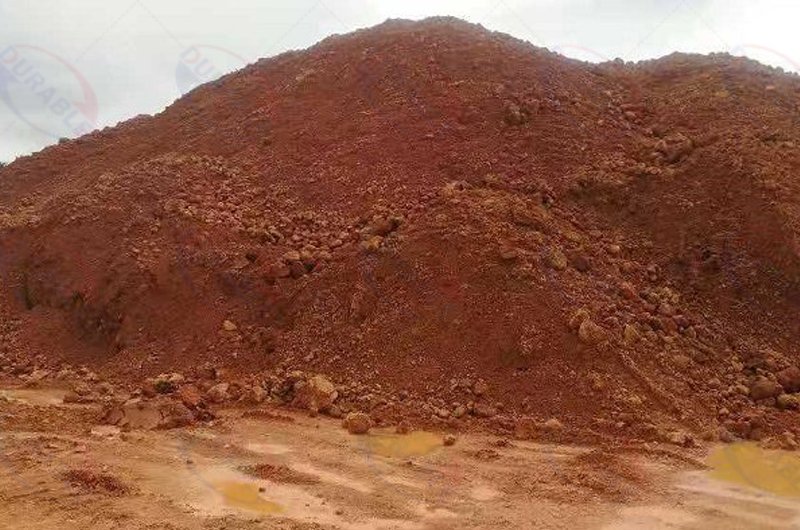
The Two Worlds of Nickel Ore
1. Sulfide Nickel Ore:
- Formation: These deposits are formed deep underground by volcanic activity. The main nickel mineral is Pentlandite, often found with copper and Platinum Group Metals (PGMs).
- Key Trait: The nickel is in a distinct sulfide mineral. This means it can be physically separated from the waste rock. This is the basis of nickel beneficiation for this ore type.
- Processing Route: The primary method is physical separation, mainly through froth flotation.
2. Laterite Nickel Ore:
- Formation: These deposits are formed by the long-term weathering of nickel-rich rocks in tropical climates. The nickel is chemically locked within the crystal structure of iron and magnesium silicates.
- Key Trait: The nickel cannot be physically separated. It must be chemically extracted.
- Processing Route: The primary method is chemical extraction, either through pyrometallurgy (heat) or hydrometallurgy (liquid).
Understanding this difference is the foundation of a successful nickel project. It guides every decision, from mine planning to mining equipment selection.
Sulfide Nickel Ore: What Are the Key Equipment and Processes to Produce Nickel Matte?
Processing sulfide nickel ore is a classic mineral processing circuit. The goal is to physically separate the valuable nickel sulfide minerals from the waste rock. This process relies on a series of crushing, grinding, and flotation steps to create a valuable nickel concentrate.
This is a route we at Durable have mastered. We have supplied countless plants with the necessary equipment for this process.
From Crushing to Concentration
The processing of sulfide nickel ore follows a clear path:
1. Comminution (Crushing and Grinding):
- Crushing: Run-of-mine (ROM) ore boulders are first broken down by a jaw crusher. The smaller pieces are then fed into cone crushers. This reduces the ore to a pebble-like size.
- Grinding: The crushed ore is mixed with water to create a slurry. It is then fed into a grinding mill, typically a SAG mill followed by a ball mill. The goal is to grind the ore into a fine powder. This liberates the individual nickel mineral particles from the waste rock. This step is critical for successful nickel beneficiation.
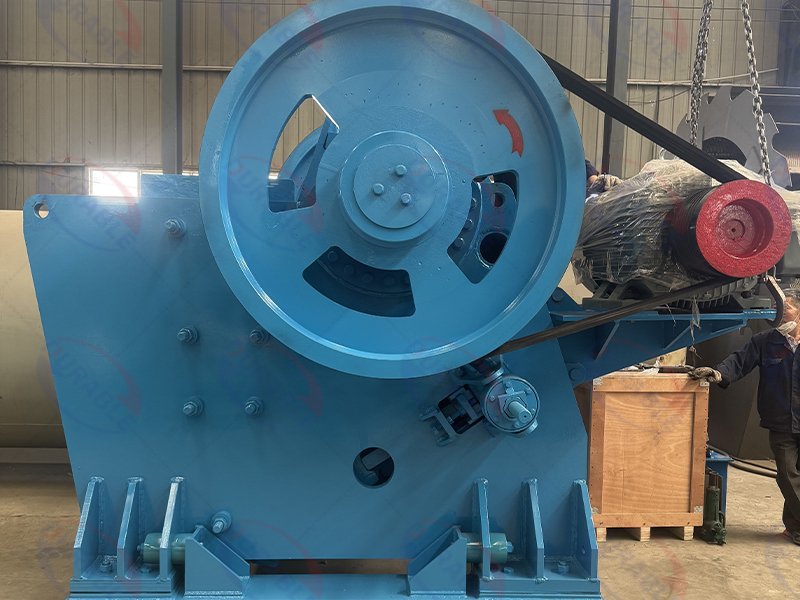
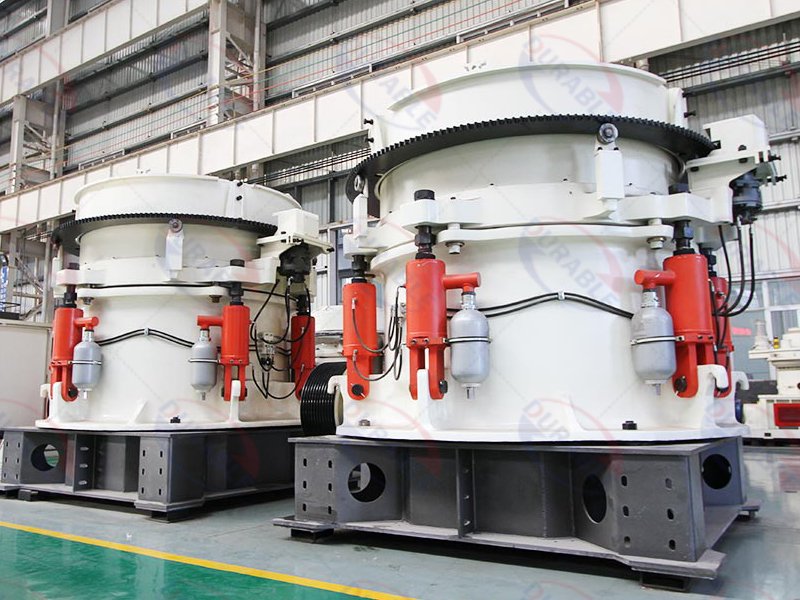
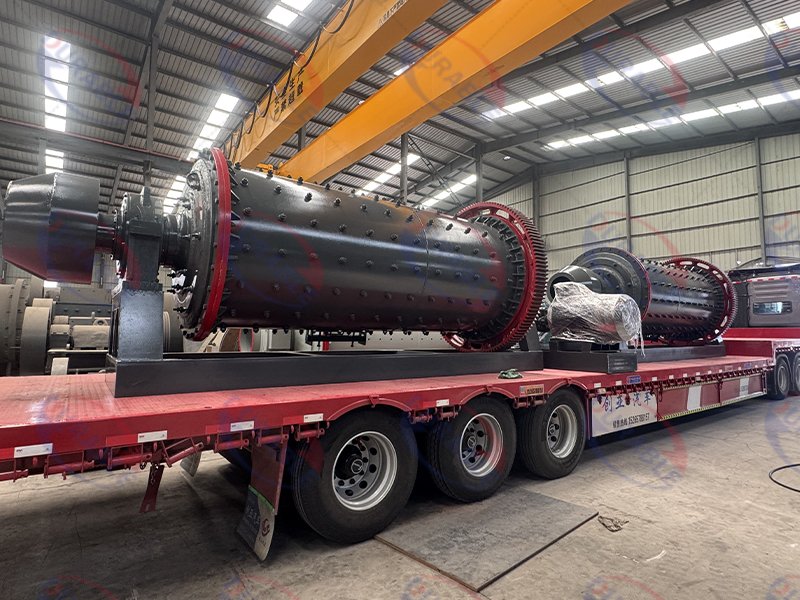
2. Froth Flotation: This is the core of the process.
- How it Works: The finely ground slurry is pumped into our large flotation cells. We add special chemicals called “reagents”. “Collectors” make the nickel sulfide particles water-repellent. “Frothers” create a stable froth. Air is bubbled through the tank. The water-repellent nickel particles attach to the air bubbles and float to the surface.
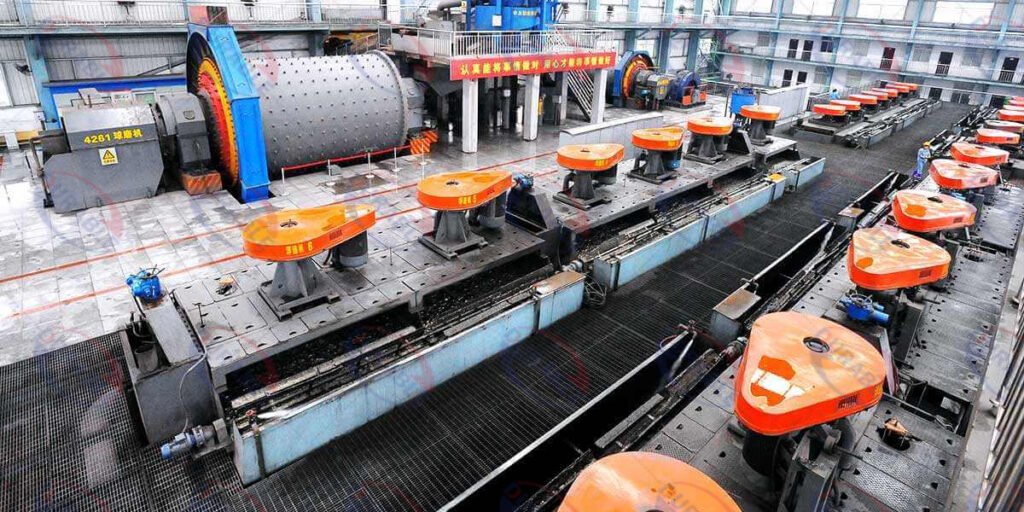
- Product: The nickel-rich froth is skimmed off. This forms a nickel concentrate. This concentrate typically contains 8-20% nickel.
3. Dewatering: The concentrate is a watery slurry. It is first sent to a thickener. This large tank allows solids to settle, and water is recycled. The thickened slurry is then passed through a filter press. This produces a damp concentrate cake.
4. Smelting: The concentrate is then sent to a smelter. It is heated in a furnace to produce a high-grade nickel matte. This matte is then further refined to produce pure nickel metal.
This process is highly effective for sulfide ores. It efficiently separates valuable minerals. Our expertise in crushing and grinding ensures optimal liberation. This leads to higher recovery rates in the flotation stage.
| Stage | Key Equipment | Purpose | Your Direct Benefit |
|---|---|---|---|
| Primary Crushing | Jaw Crusher | Initial size reduction of large boulders | Handles large feed, prepares for next stage |
| Secondary Crushing | Cone Crusher | Finer crushing to pebble-like size | Creates uniform feed for grinding, saves energy |
| Grinding | SAG Mill, Ball Mill | Liberates mineral particles from waste | Maximizes recovery in flotation |
| Concentration | Flotation Cells | Separates valuable minerals from waste | Produces a high-value nickel concentrate |
| Dewatering | Thickener, Filter | Removes water from concentrate and tailings | Reduces transport costs, recycles water |
Our expertise in crushing and screening plants ensures your ore is perfectly prepared for the vital grinding stage.
Laterite Nickel Ore’s Two Paths: How to Choose Between Pyrometallurgy and Hydrometallurgy?
Processing laterite nickel ore is a chemical challenge. You cannot physically separate the nickel. You must extract it chemically. There are two main paths: pyrometallurgy (using heat) and hydrometallurgy (using liquid). The choice depends on the specific type of laterite ore you have.
Understanding this choice is crucial for project success. Each path requires different equipment and has different economic drivers.
Fire vs. Water: Choosing the Right Chemical Path
Laterite nickel ore deposits usually have two main layers:
- Limonite Layer (Upper): This layer is richer in iron and often contains valuable cobalt. It has a lower nickel content.
- Saprolite Layer (Lower): This layer is richer in magnesium and has a higher nickel content. It has lower iron and cobalt.
The choice of processing route depends on which layer dominates your ore body:
1. Pyrometallurgy (Smelting):
- Best for: Saprolite-rich ores.
- Process: This is a high-temperature process. The ore is first dried and calcined in large rotary kilns. This drives off water and chemically reduces the ore. The hot material is then sent to an electric arc furnace. It is smelted to produce ferronickel (FeNi) or Nickel Pig Iron (NPI). This product is sold directly to stainless steel producers.
- Advantages: It is a well-established, robust technology. It is effective for high-nickel saprolite ores.
- Disadvantages: It is very energy-intensive. It does not recover cobalt. It is not suitable for high-iron limonite ores.
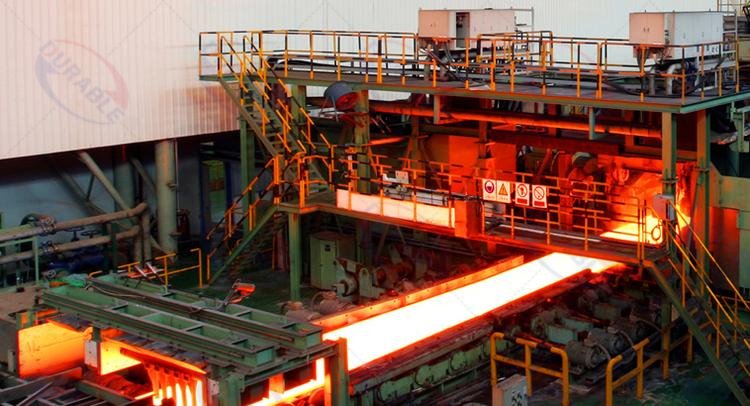
2. Hydrometallurgy (Leaching):
- Best for: Limonite-rich ores.
- Process: This involves dissolving the nickel and cobalt into a solution. The most common method is High-Pressure Acid Leaching (HPAL). The ore slurry is mixed with sulfuric acid. It is then heated under high pressure in large, titanium-lined vessels called autoclaves. This leaches the nickel and cobalt into the acid solution. The metals are then recovered from the solution as a mixed hydroxide precipitate (MHP). MHP is a key ingredient for electric vehicle batteries.
- Advantages: It recovers both nickel and cobalt. It is less energy-intensive than smelting. It produces a high-value product for the battery market.
- Disadvantages: It is a chemically complex process. It requires high capital investment. It can have challenges with waste management (tailings management).
The decision between these two paths is one of the most significant in the nickel mining process. It depends on your ore’s chemical makeup, local energy costs, and your target market.
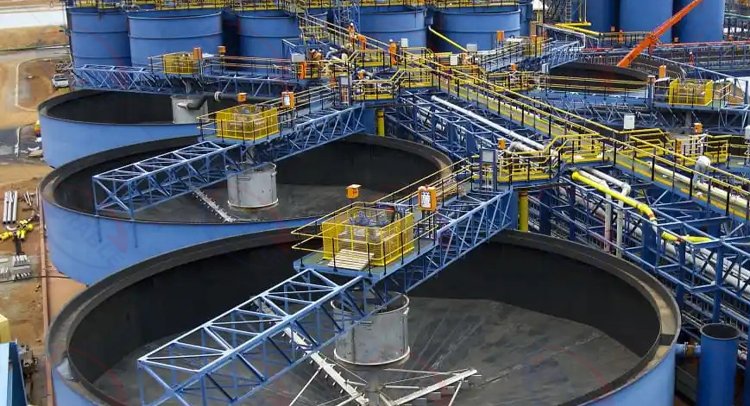
Why Is Grinding the Core of Nickel Sulfide Recovery?
Grinding is arguably the most critical step in the nickel beneficiation of sulfide nickel ore. The entire success of the subsequent froth flotation process depends on how well the grinding is done. If grinding is not optimized, you will lose valuable nickel to the waste stream.
The goal of grinding is “liberation”. This means freeing the individual nickel mineral particles from the surrounding waste rock.
Unlocking Value Through Precise Grinding
In the nickel mining process for sulfide ores, crushing and grinding are not just about making rocks smaller. It is about liberation.
What is Liberation?: Imagine a chocolate chip cookie. The cookie dough is the waste rock (gangue). The chocolate chips are the valuable nickel sulfide minerals. Grinding is like breaking the cookie into a fine powder. If you grind it just right, you get individual grains of dough and individual grains of chocolate. The chocolate is now “liberated”.
- Why is it Critical for Flotation?: In froth flotation, the chemicals and air bubbles need to attach to the surface of the nickel mineral. If a nickel particle is still attached to a piece of waste rock, the bubble might not be able to lift it. This means the valuable nickel particle is lost to the tailings. If you grind too much, you create “slimes”. These ultra-fine particles are also difficult to float. They can also interfere with the flotation of larger particles.
- Key Equipment for Grinding:
◦ SAG Mill (Semi-Autogenous Grinding Mill): This is often the first stage of grinding. It uses large rocks from the ore itself, along with some large steel balls, to do the grinding.
◦ Ball Mill: This is the second stage. It is filled with smaller steel balls. It grinds the ore to a very fine, consistent size. We often use our ball mills in a closed circuit with hydrocyclones. This ensures the material is ground to the perfect size before moving to flotation.
Optimizing the grinding circuit is a major focus for any successful nickel processing plant. It is a balance between achieving maximum liberation and minimizing energy consumption. Our expertise in designing these circuits helps our clients achieve the best possible recovery rates.
For any grinding circuit, a reliable ball mill is the key to achieving optimal liberation and maximizing recovery.
How Did High-Pressure Acid Leaching (HPAL) Change Laterite Nickel Processing?
High-Pressure Acid Leaching (HPAL) has revolutionized the nickel processing of laterite nickel ore. Before HPAL, limonite-rich laterite deposits were often considered uneconomic. They had too much iron for traditional smelting. HPALprovided a viable chemical pathway to extract nickel and cobalt from these challenging ores.
This technology has unlocked vast nickel resources. It has become a key supplier for the rapidly growing electric vehicle battery market.
A Game-Changer for the Battery Supply Chain
The development of HPAL technology has been a game-changer for several reasons:
Unlocking Limonite Resources: Pyrometallurgy is not effective for limonite ores due to their high iron content. HPAL specifically targets these ores. It has turned previously worthless deposits into valuable assets.
- Cobalt Recovery: Cobalt is a critical and expensive battery metal. It is often found with nickel in limonite ores. HPAL recovers both nickel and cobalt. This significantly improves the economics of a project. Smelting does not recover cobalt.
- Producing Battery-Grade Materials: The product of an HPAL plant is typically Mixed Hydroxide Precipitate (MHP) or Mixed Sulfide Precipitate (MSP). These intermediate products are ideal feedstocks for battery precursor manufacturing. They can be refined into nickel sulfate and cobalt sulfate, the direct inputs for EV battery cathodes.
- The Process: The HPAL process is chemically intense.
- The ore is ground into a fine slurry.
- This slurry is pumped into a series of large, brick-lined, and titanium-clad pressure vessels called autoclaves.
- Sulfuric acid is added. The mixture is heated to around 250°C under high pressure.
- These conditions allow the acid to break down the ore’s crystal structure. It leaches the nickel and cobalt into the solution.
- After leaving the autoclaves, the solution goes through a complex purification process to remove iron and other impurities.
- Finally, the nickel and cobalt are precipitated out of the solution.
While HPAL is a powerful technology, it is also very complex and capital-intensive. The high pressures and corrosive acid environment require specialized materials and engineering. Managing the acidic waste (tailings management) is also a major environmental challenge.
What Key Factors Determine the Profitability of a Nickel Project?
The profitability of a nickel mining process is determined by many factors. It goes beyond just the price of nickel. A successful project requires a careful balance of geological, engineering, and economic considerations. Understanding these factors is crucial for making sound investment decisions.
We help clients analyze these factors during the mining equipment selection and plant design phases.
From Ore Grade to Market Price
Here are the key factors that determine the ultimate profitability of a nickel project:
Ore Grade and Mineralogy: This is the most important factor.
- Nickel Grade (% Ni): A higher grade means you process less rock to get the same amount of nickel. This directly lowers your cost per pound of nickel produced.
- By-products: The presence of valuable by-products like cobalt, copper, and PGMs can significantly boost revenue.
- Deleterious Elements: Elements like magnesium (in smelting) or certain clays can complicate processing and increase costs.
- Ore Type (Sulfide vs. Laterite): As we have discussed, this determines the entire processing route and its associated costs. Nickel beneficiation of sulfide ores is generally cheaper than the chemical extraction of laterite ores.
- Capital Costs (CAPEX): This is the upfront cost to build the mine and processing plant. HPAL plants have very high CAPEX. Smelters are also expensive. Sulfide flotation plants are generally cheaper to build.
- Operating Costs (OPEX): These are the ongoing costs to run the mine.
- Energy: This is a major cost, especially for pyrometallurgy.
- Reagents: This is a key cost for both flotation and hydrometallurgy (e.g., sulfuric acid for HPAL).
- Labor: Labor costs vary by location.
- Maintenance: This includes the cost of replacing wear parts like ball mill liners and crusher cones.
- Location and Infrastructure: A remote location means higher costs for building roads, power lines, and housing.
- Nickel Price and Market Dynamics: The price of nickel is volatile. Profitability depends on the price when you are selling your product.
- Environmental Regulations and Tailings Management: Modern mining requires strict environmental controls. The cost of tailings management and mine closure can be significant.
- Recovery Rate: This is the percentage of nickel in the ore that you successfully extract into your final product. A small improvement in recovery can have a big impact on profitability. This is heavily influenced by the quality of your crushing and grinding and processing equipment.
A successful nickel project carefully balances all these factors. Our role is to provide efficient and reliable equipment. This helps our clients reduce their OPEX and maximize their recovery rates.
How to Choose the Right Crushing, Grinding, and Beneficiation Equipment?
Choosing the right equipment is a critical decision in the nickel mining process. The right mining equipment selection ensures high efficiency, low operating costs, and maximum recovery. At Durable, this is our core expertise. We help clients choose the best equipment for their specific ore.
Every ore is unique. The equipment must be tailored to its specific characteristics.
By following this systematic approach, we ensure that our clients get a processing plant that is perfectly matched to their ore. This leads to higher recovery rates, lower costs, and greater profitability.
How to Address Tailings Management and Sustainability in Modern Nickel Mining?
Tailings management is one of the biggest challenges in modern mining. Tailings are the leftover waste rock after the valuable minerals have been extracted. Managing them safely and sustainably is a critical part of any responsible nickel mining process. This is an area of growing focus for both regulators and investors.
Modern mining is about more than just extraction. It is about being a responsible steward of the environment.
The Challenge of Mining Waste
Tailings present several challenges:
- Volume: Mines produce vast quantities of tailings. They need to be stored in large, engineered facilities called tailings storage facilities (TSFs) or tailings dams.
- Chemical Stability: Tailings from sulfide nickel ore can contain residual sulfides. When exposed to air and water, these can generate acid mine drainage (AMD). This is a highly acidic, metal-laden water that can contaminate local water sources. Tailings from HPAL processes are acidic and contain residual metals. They need to be neutralized before storage.
- Physical Stability: Tailings dams must be engineered to be stable for the long term. A dam failure can have catastrophic environmental and social consequences.
Modern Approaches to Tailings Management
1. Dewatering: The first step is to remove as much water as possible from the tailings.
- Thickeners: Large thickeners are used to recover most of the process water for recycling.
- Filtering: Advanced filtration technologies can produce a “dry stack” or “filtered” tailing. This is a damp, soil-like material that is much more stable and easier to manage than a slurry. It also allows for more water recycling.
2. Safe Storage:
- Engineered Dams: Modern TSFs are designed with robust engineering controls. This includes liners to prevent seepage and extensive monitoring systems.
- Dry Stack Tailings: Filtered tailings can be stacked and compacted like earth. This creates a much more stable landform. It eliminates the risk of a dam failure associated with liquid slurry ponds.
3. Tailings Reprocessing: Sometimes, old tailings still contain valuable minerals that were not recovered with older technology. We can design circuits to reprocess these tailings. This can generate additional revenue and reduce the volume of waste.
4. Mine Closure and Rehabilitation: A plan for mine closure and rehabilitation must be in place from the very beginning. This includes a plan for the long-term management of the TSF. The goal is to return the land to a stable and productive state after mining is finished.
 Durable Machinery
Durable Machinery